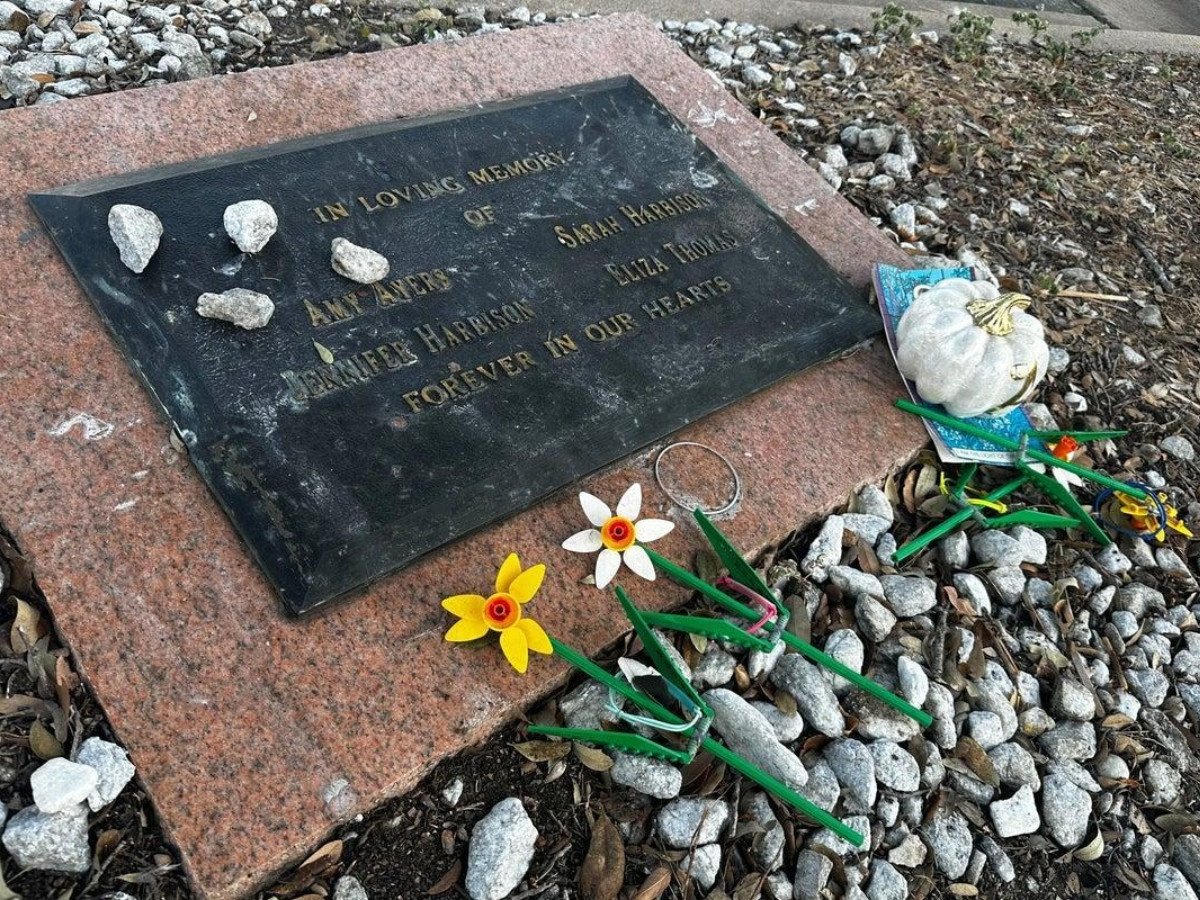Sora 2 could be TikTok without humans, only AI
Photo: Yahoo News
OpenAI is preparing to launch Sora 2, a short-form video app that looks a lot like TikTok, except every clip is generated by AI. No uploads, no phone videos, just 10-second creations spun up by prompts.
The feed feels familiar, with vertical scrolling, likes, comments, and remix tools. But Sora 2 adds something new, and that’s identity verification. Users can approve their likeness for AI use, and they’ll get notified if someone tries to feature them, even in drafts.
The timing is no accident. TikTok faces pressure in the US, while Meta and Google push into AI video. By making “everything fake by design,” OpenAI is betting people will want an endless scroll of AI cats, dances, and memes. For now, it’s internal-only, but if released widely, Sora 2 could mark the start of an AI-native social feed.
DNA tech cracks Austin’s yogurt shop murders after 34 years
 Source: X (@Independent)
Source: X (@Independent)
On a December night in 1991, fire crews rushed to a small frozen yogurt shop in Austin, Texas. The flames seemed ordinary at first, until the smoke cleared and revealed a scene that would haunt the city for decades: four teenage girls, bound, gagged, and shot before the blaze was set to erase the evidence.
For years, the case dragged through false confessions, overturned convictions, and unanswered questions. The victims’ families endured one heartbreak after another, as justice slipped further out of reach.
But technology does not forget. In 2025, investigators turned to advanced DNA testing and re-examined ballistic evidence. This time, science came in clutch. DNA pulled from beneath a victim’s fingernails matched Robert Eugene Brashers, a violent drifter who had already taken his own life during a police standoff back in 1999. A shell casing from the shop tied back to his weapon, closing the loop that had been broken for 34 years.
The revelation brought no courtroom trial, no chance to confront the killer. Yet for the families, it was an answer long denied and a reminder that even after decades, truth can survive through the smallest traces left behind.
The yogurt shop murders stand now as both a tragedy and a testament: that with patience and science, even the coldest cases can speak again.
Alien tech or just ice? Scientists debate interstellar comet 3I/ATLAS
 Source: Reuters
Source: Reuters
When astronomers first spotted 3I/ATLAS in July, it appeared to be a classic comet, icy, dusty, and more than three miles across. Its path has raised big questions though. The object isn’t just drifting under gravity and subtle shifts in its acceleration suggest something else at play.
That puzzle led Harvard astrophysicist Avi Loeb to float a bold idea: 3I/ATLAS might be more than a comet. Like his earlier claim about ʻOumuamua’ (the first confirmed interstellar object to visit our Solar system), he argues it could be alien technology disguised as a natural object.
Skeptics point out that 3I/ATLAS is venting carbon dioxide and dust, behaviors typical of comets heating near the Sun. Still, its retrograde orbit and strange maneuvers fuel debate.
Whatever the truth, scientists agree this is a rare chance. An interstellar visitor is here, and telescopes worldwide are racing to record it before it vanishes back into deep space, leaving us to wonder if we just witnessed a comet, or a craft.


